Volunteers drive the El Dorado Western Railway Foundation—always have, and they always will.
Many volunteer trainmen, including several who've been involved since the project's 1993 launch, have patiently stuck with the project despite many setbacks. These men and women laid the foundation and set the vision for EDWRF and the proposed El Dorado County Logging and Railway Museum.

Historically, the railway didn't seek any kind of membership. As a volunteer of the El Dorado County Historical Museum, you just showed up and went to work. Once EDWRF was formed in 1997, volunteers have served both the railway and the museum.
In many respects, museum volunteers have carried the burden of giving new life the No. 4. Many supplemented "official" funding sources through generous donation of frequent shopping trips to Lowes and Home Depot in Folsom.
The EDWRF board chartered a new mode of operation two years ago with the inception of the Associate Membership program. It was time to take EDWRF to the next level. The railway recognized that it needed a consistent, growing base of support to meet its ambitious goals.
The railway needs volunteers who're committed to its long-term goal of building and operating a demonstration railroad along the old Southern Pacific right-of-way. This has been a major component of EDWRF’s mission statement since its inception.
As the day approaches when the Diamond & Caldor No. 4 and the
Tally-Ho Railbus No. 10 will ramble down the old Espee right-of-way, the railway will need a cadre of committed volunteers to operate the museum and railroad.
Train crews, under the watchful eye of the train master, will form the frontline echelon of the railroad. Behind the scenes, workers like the machinists, mechanics, welders and hostlers will keep the railroad on the tracks. And let's not forget the section gang.
And don't forget that many will assume dual roles as trainmen and maintenance workers.
Docents, who can articulate the difference between the Shay and Heisler geared locomotives, will guide tours through the museum. Sales clerks will sell books and memorabilia in the gift shop. And of course, the bookkeeper and accountant will keep taxman happy.
My point is this: Volunteers drive the EDWRF. We must never forget that we serve both EDWRF and the El Dorado County Historical Museum.
As we celebrate the No. 4's 100th birthday, the railway must continue to recruit and develop volunteers at all levels.
As a representative of the board, I encourage all members to sell the benefits of the railway to El Dorado County citizens. And invite them to view the locomotive at the next Saturday workday.
The railway can only function through the generous donation of your time, energy and recourses.
This article was printed in the Spring 2007 issue of The Dispatch
, the newsletter of the El Dorado Western Railway.
 Keith to Jacob: "This tool is going to become your best friend!"
Keith to Jacob: "This tool is going to become your best friend!"





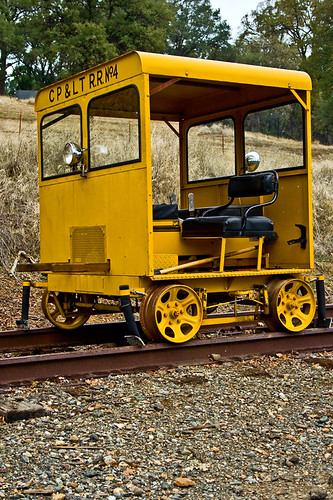

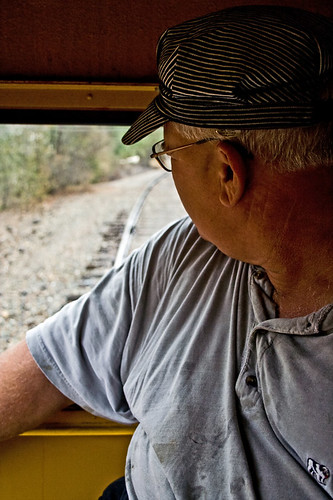
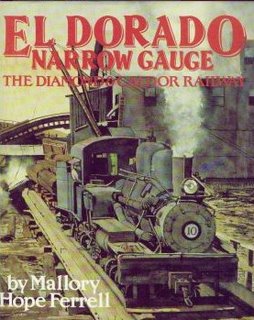 I think the high price of gasoline has infected the world of railroad booksellers. Only the seller missed the message that the per barrel cost has dropped significantly.
I think the high price of gasoline has infected the world of railroad booksellers. Only the seller missed the message that the per barrel cost has dropped significantly.

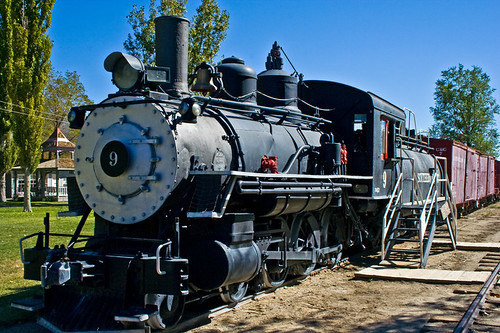





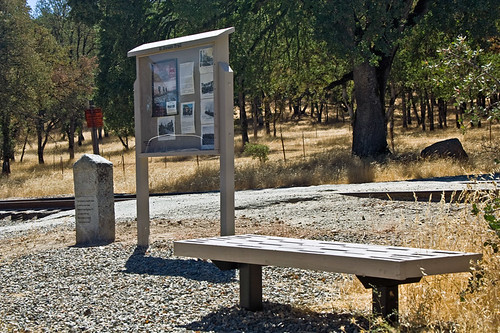



 Keith Berry uses the heavy forklift to jack the two-ton about 18 inches off the ground.
Keith Berry uses the heavy forklift to jack the two-ton about 18 inches off the ground. Next, you block the forks so a hydraulic failure doesn't injure the mechanic. Here Jacob Karoly (kneeling) slides a block under one of the front forks as Bill Rodgers looks on.
Next, you block the forks so a hydraulic failure doesn't injure the mechanic. Here Jacob Karoly (kneeling) slides a block under one of the front forks as Bill Rodgers looks on. Of course, someone has to crawl under the two-ton and empty the oil pan. That job fell to Keith.
Of course, someone has to crawl under the two-ton and empty the oil pan. That job fell to Keith.



 Mountain Democrat
Mountain Democrat


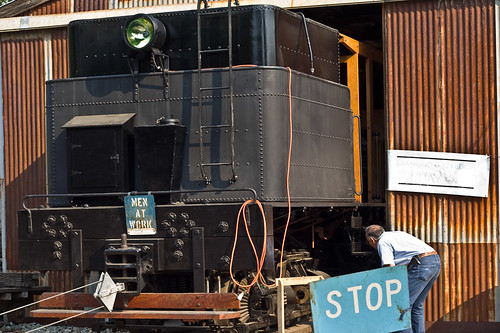
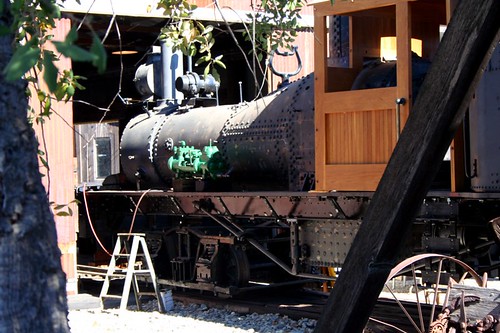

.jpg)










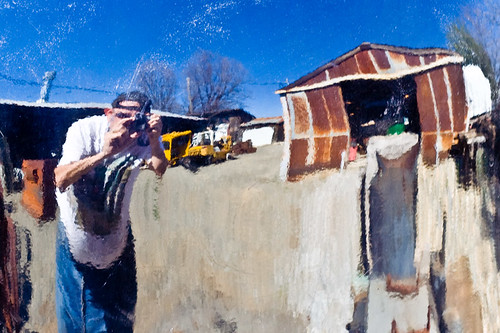




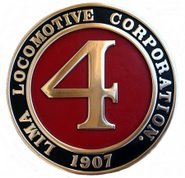
We decorated this the room morning and will gather this evening in the board room of the Diamond Springs-El Dorado Fire Protection District at Station 49.
We have an evening of good food planned. Keith and I will recognize the volunteers and present a slide show of this year's accomplishments.
This has been a good year with the recent speeder car tour of the old Southern Pacific right-of-way and significant progress on the Diamond and Caldor No. 4 Shay locomotive.